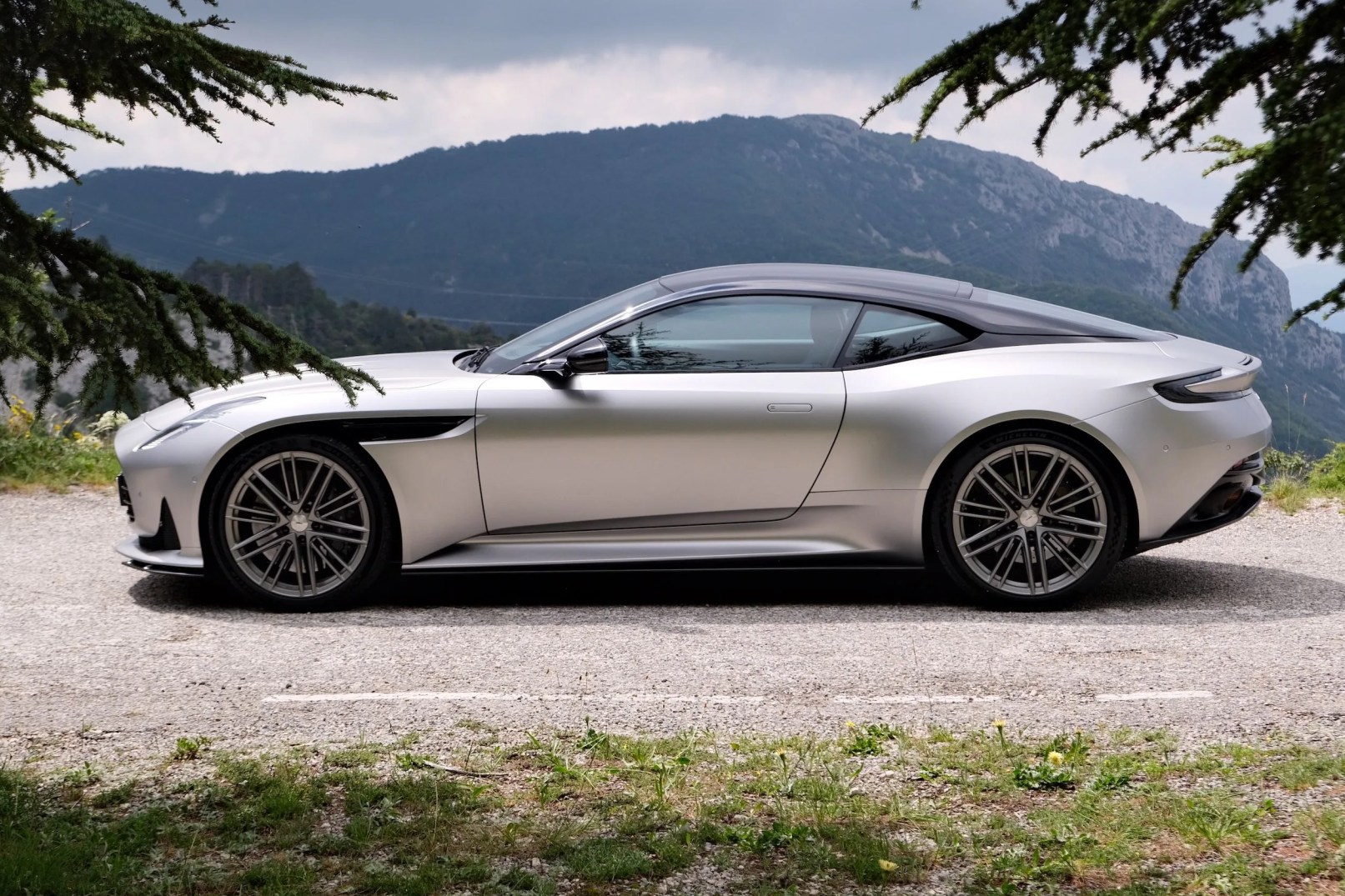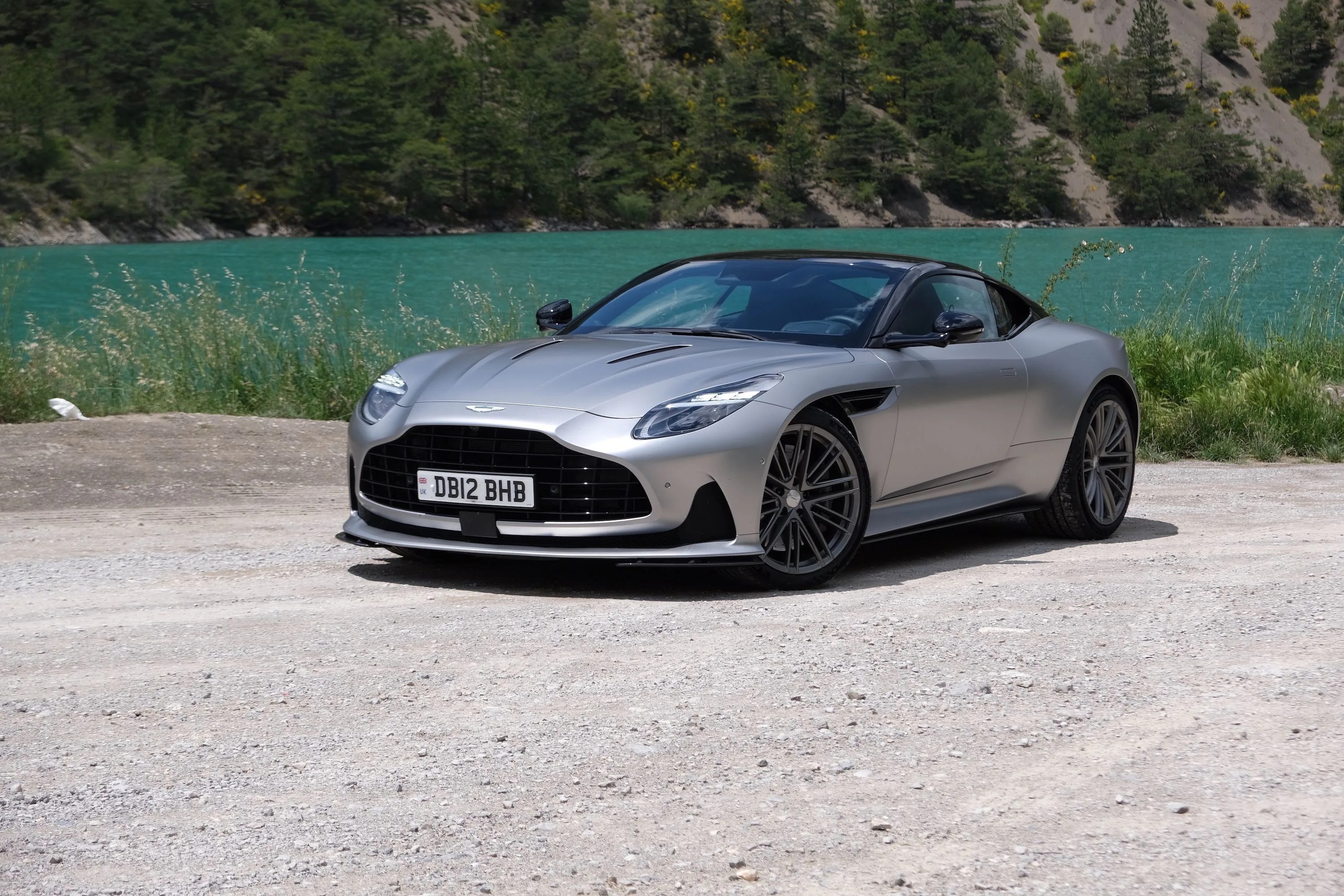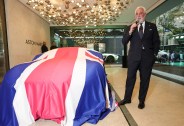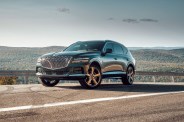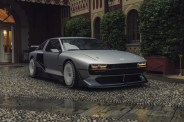For many decades now, Aston Martin has been an automotive industry conundrum. The brand has incredible resonance. One can know almost nothing about cars and still know that Aston Martin means fancy. But being Aston Martin only takes you so far. The brand’s relevance peaked when the DB5 appeared in Goldfinger — nearly 60 years ago. And the decades since have been spent in persistent financial turmoil.
Car lovers retain a soft spot for Aston Martin. The brand embraces — to an extent more than most — that style is an inherent part of the substance. Sure, a more, shall we say, optimized James Bond would tear off into the Alps in an Audi diesel sedan and some moisture-wicking athleisure fabrics. But optimization is not always the point.
That said, as the new Aston Martin ownership recognizes, style can’t be the entirety of the substance. Having F1 drivers call your expensive sports car a turtle isn’t ideal. Neither is confronting $200,000-plus car buyers with dated, last-decade infotainment tech. And that is why Aston Martin is embarking on a new era with the DB12.
Aston Martin deployed rhetorical flourishes like “the world’s first super tourer” to describe its new GT car — which looks remarkably like the outgoing DB11, unless you squint. But there are some significant and decisive changes under the shell, like an upgraded V8 pumping out 671 horsepower (more than the outgoing V12), improved driving dynamics and new, proprietary Aston Martin screens and software.
What’s the new Aston Martin DB12 like to drive? Aston Martin invited me to one of their owners’ natural haunts, the Monaco-adjacent French Riviera, to find out.
